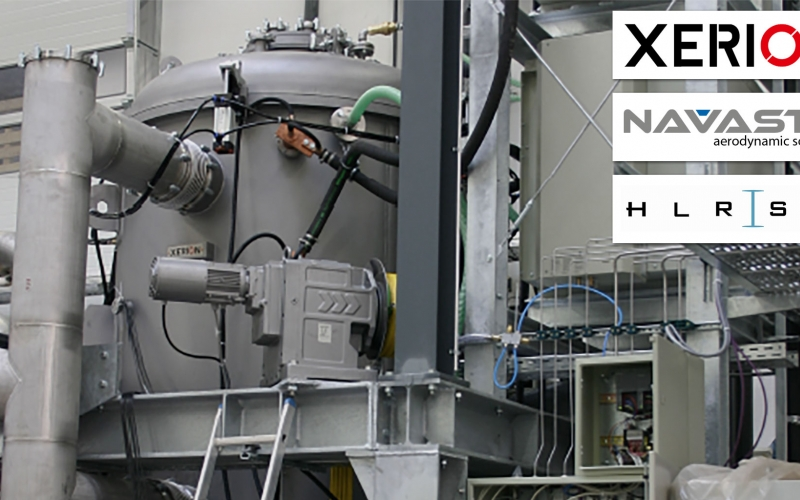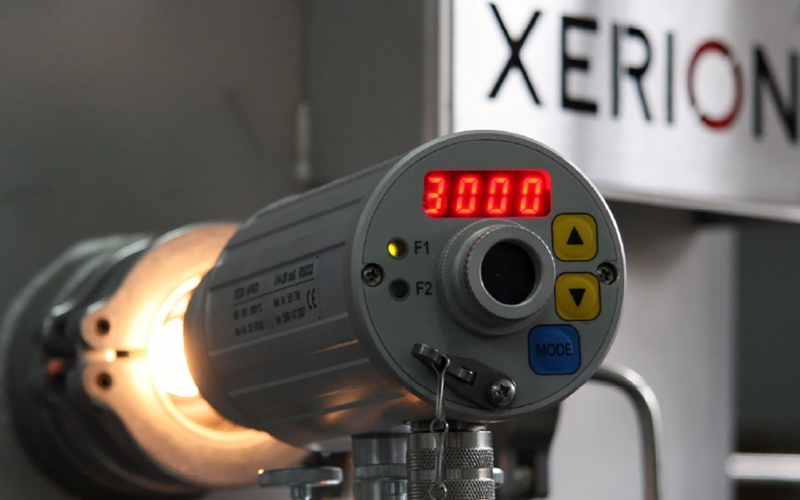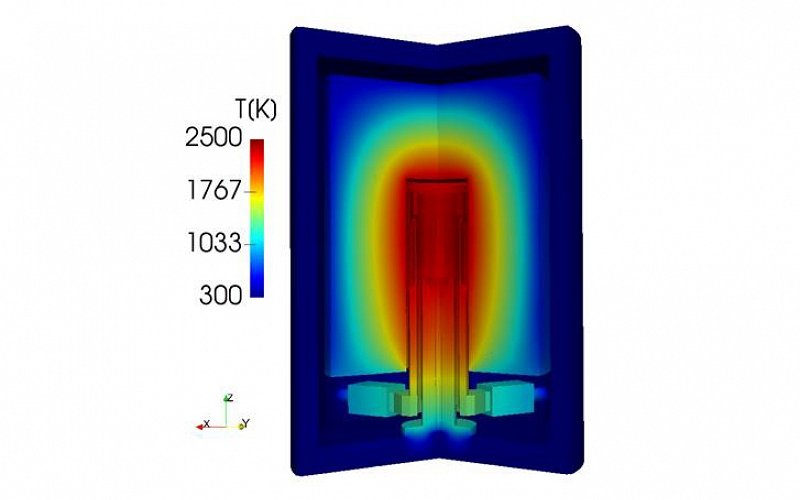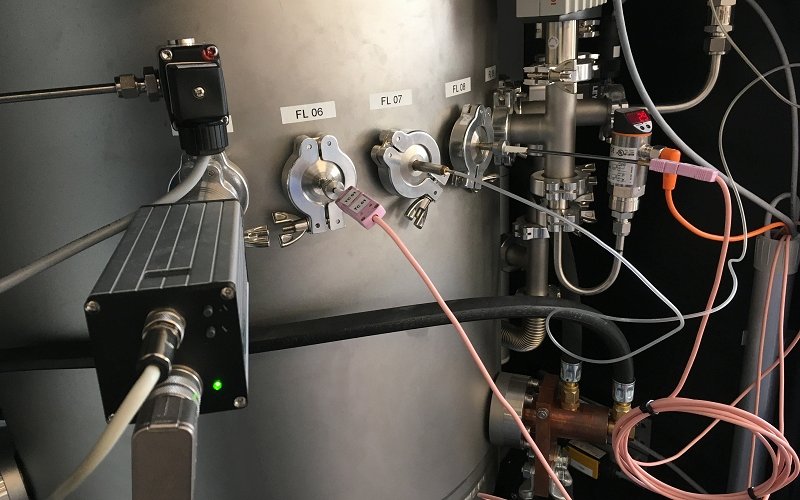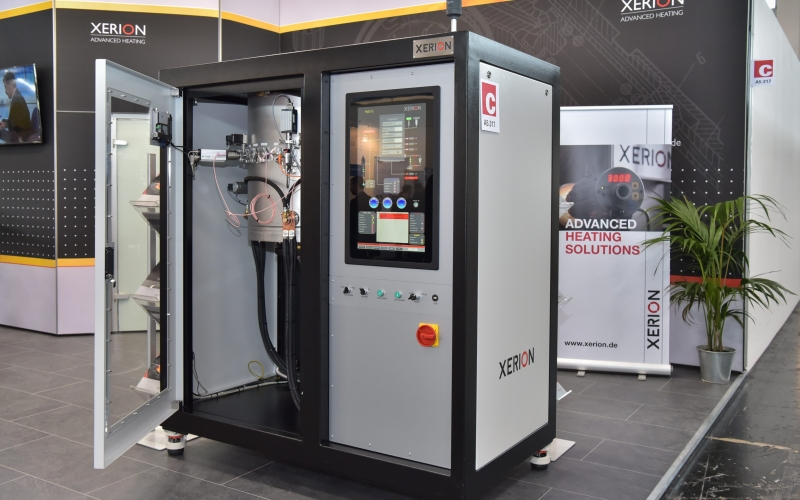Cloud-based simulation of ultra-high-temperature furnaces
Xerion is a German SME specialising in the development and production of ultra-high-temperature furnaces operating up to 3,000°C and producing new materials for the high-tech industry. Typical applications for Xerion’s furnaces are the production of advanced materials, such as boron nitride crucibles and carbon nanotubes. Xerion needs to understand how the temperature field and the flow of inert gases vary within their furnaces. These are key performance indicators upon which customers base their buying decisions. Currently, the only way to determine these values is experimentally. This is, however, extremely difficult and costly, because of the very high temperatures involved. In this experiment, the necessary simulations will be undertaken using the open-source OpenFOAM package running on a Cloud-based HPC system. These simulations will deal with the complex interdependencies of electrical heating, heat transfer, and fluid motion. NAVASTO, based in Germany, is the application expert for the experiment, responsible for the development of the method for the simulation of a high-temperature industry furnace. The HPC provider of the experiment is the High-Performance Computing Center Stuttgart (HLRS) of the University of Stuttgart, Germany.
The Challenge
Ultra-high-temperature furnaces are often a critical part of the manufacturing chain for many types of electronic component. To ensure the production of high-quality components, knowing the temperature distribution and flow inside the furnace is very important. However, these furnaces need to be able to reach temperatures of up to 3,000°C, at which performing physical measurements is extremely difficult and costly. Therefore, simulations offer considerable potential to provide this data and improve the design process for such a device. These simulations have to deal with the interdependencies of convection, conduction, radiation, joule heating and a complex multi-material geometry. This requires significant computing power and a validation of the numerical model and material properties at very high temperatures.
The Solution
XERION designed and manufactured a prototype furnace. XERION and NAVASTO then conducted tests on the furnace at various temperatures to acquire pressure and temperature data, which enabled simulations of the furnace (carried out using the open source software OpenFOAM on cloud-based HPC) to be validated.
Based on the results of the validated model, the companies identified areas where the furnace design could be improved. This was a direct result of the simulation results created by using cloud-based HPC resources. The tools developed in the experiment will eventually be integrated into the standard design tools of XERION for the design of high-temperature furnaces.
Business Impact
The list of companies that can provide services to high-temperature furnace customers is a small one, and this experiment will allow XERION to compete in this area. This has already generated considerable interest in XERION’s target markets, which includes research institutes as well as companies which use furnaces in their production or research and development activities.
As a result of the experiment, furnaces can be created with an improved thermal design. Thanks to advanced modelling, the properties of these furnaces are known, so there is far less uncertainty associated with the design. This prevents issues such as exaggerated oversizing of components (e.g. heating power) and reduces the cost of the furnace. This can result in the reduction of the sales price of the furnace system of around 20%.
For NAVASTO, the experiment has resulted in increased expertise in the field of multi-region simulation, high-temperature simulations and simulation process design. It plans to offer this knowledge to its customers via the Fortissimo Marketplace.
Finally, through its involvement, HLRS has gained valuable knowledge about the experiment’s application domain. This will allow it to attract more customers from this domain, and use this knowledge to provide platforms and services that satisfy their needs.
Benefits
- Improved furnace design process, saving resources associated with modifications performed both prior to delivery and after installation (up to €25,000 for on-site repairs).
- The price of the furnace can be reduced by about 20% (€40,000) in case of large furnaces, due to the fact that the precise knowledge of the thermal conditions leads to a reduced oversizing of various components.
- From the business model analysis, it is expected that by 2023 the return on investment will be tripled.
Organizations Involved
End User: XERION
Application Expert: NAVASTO
HPC Provider: HLRS


